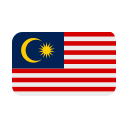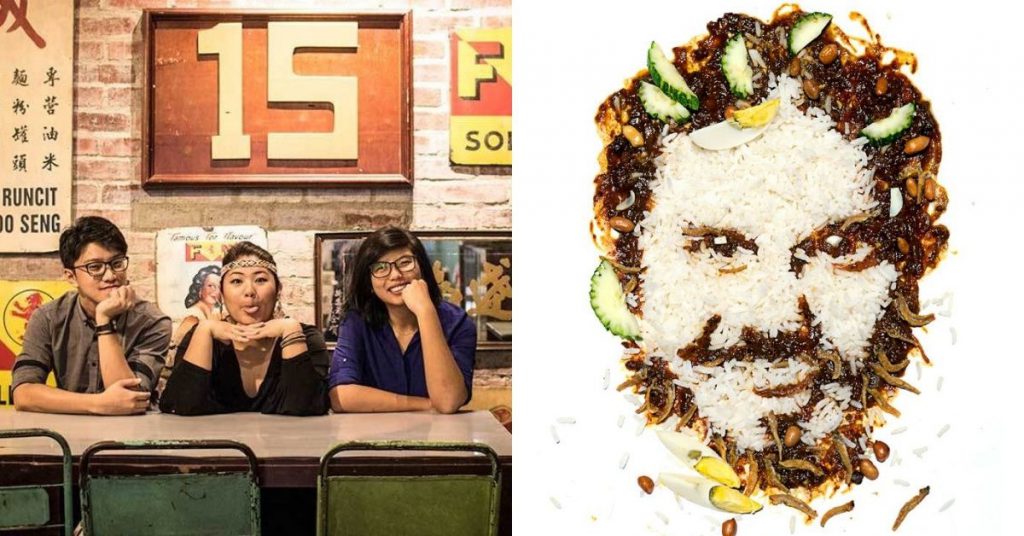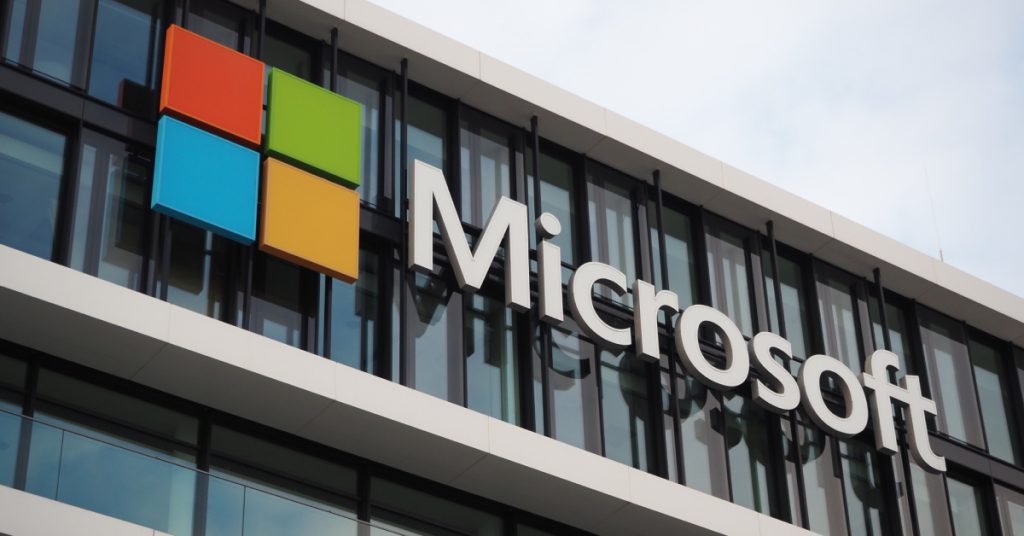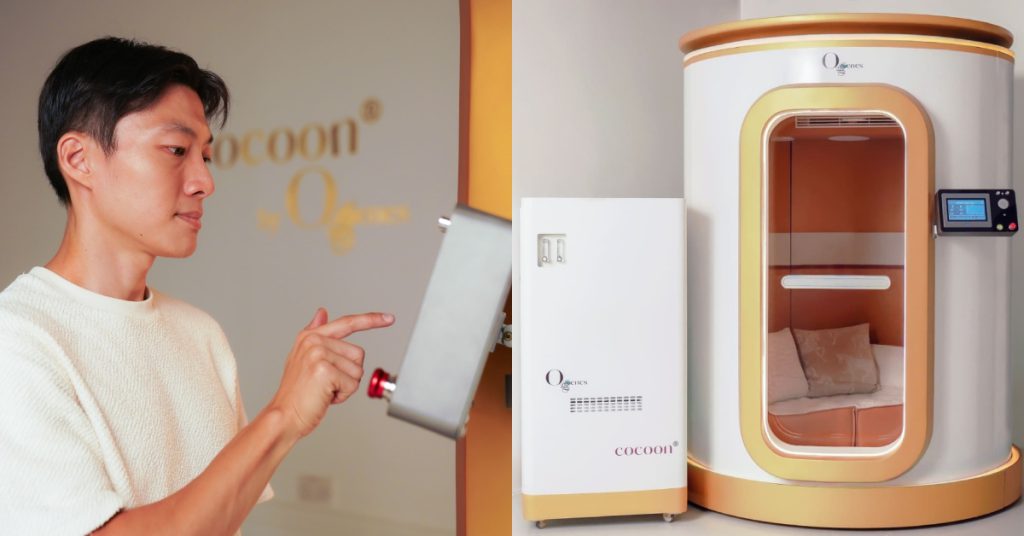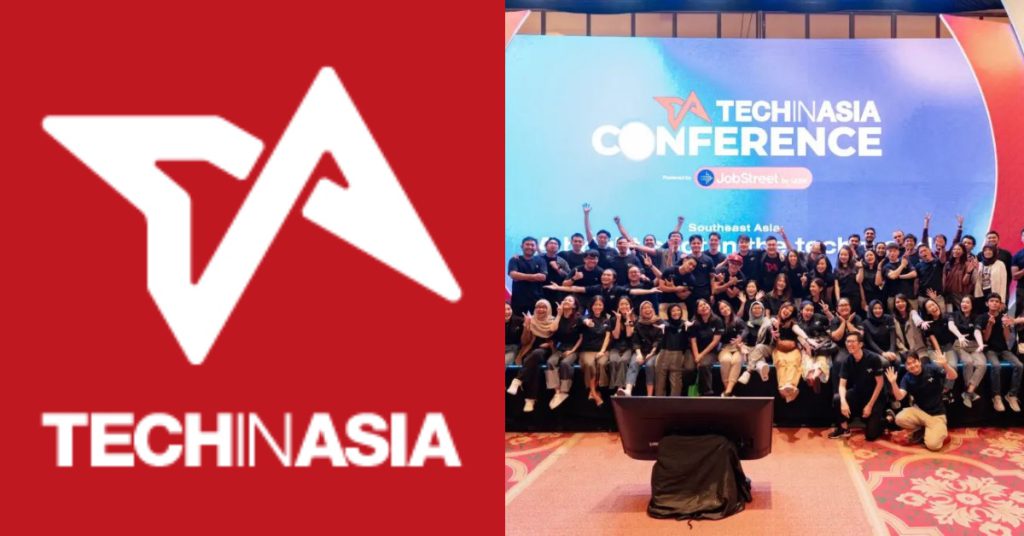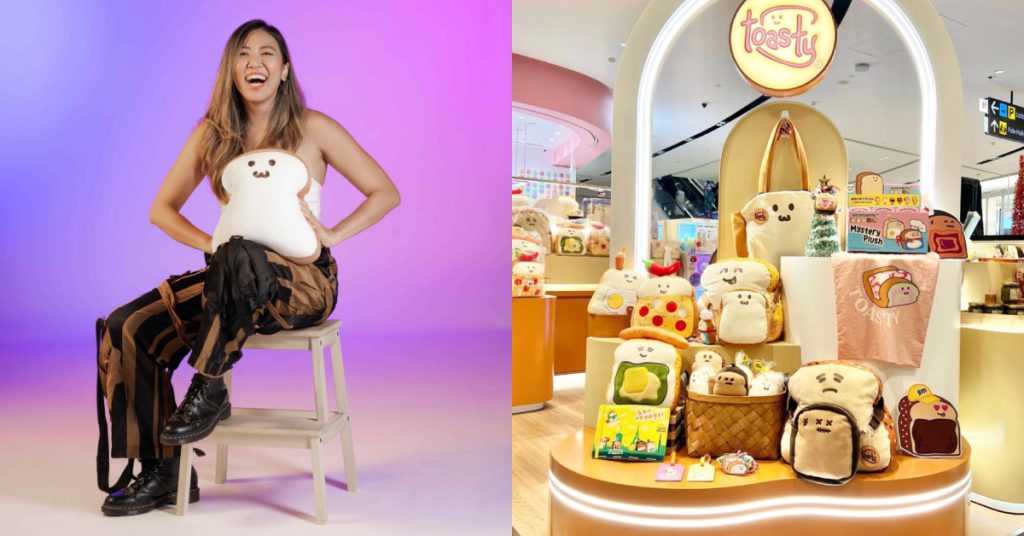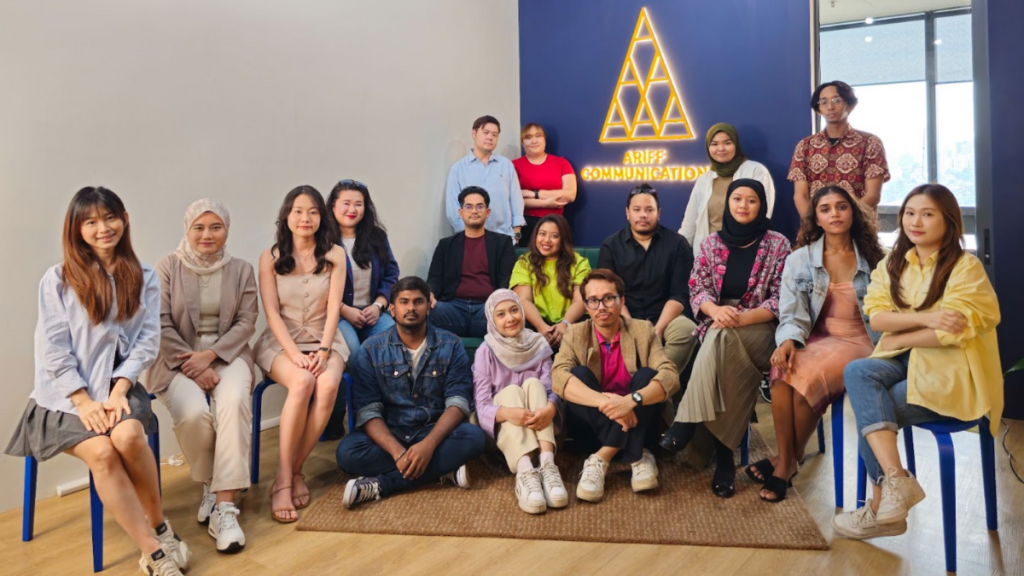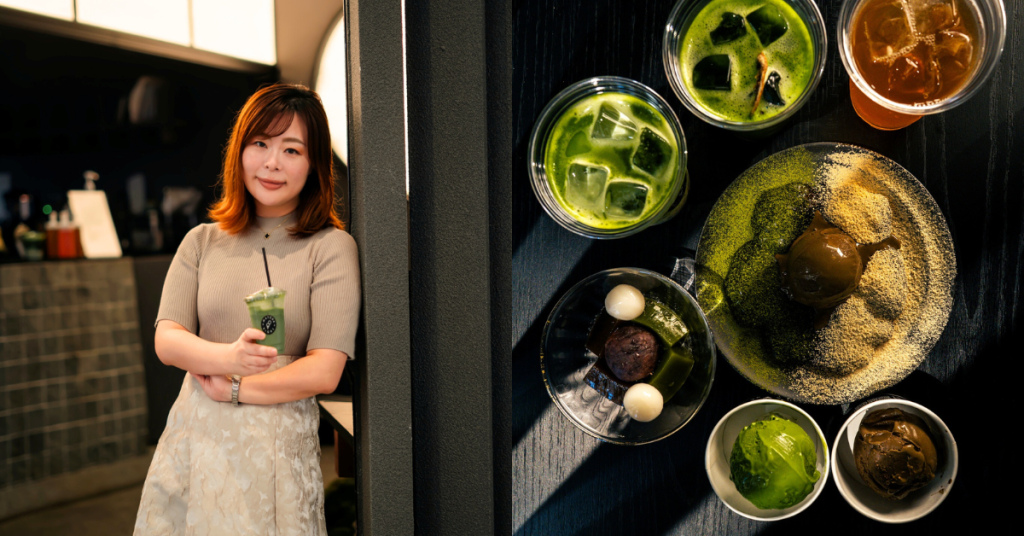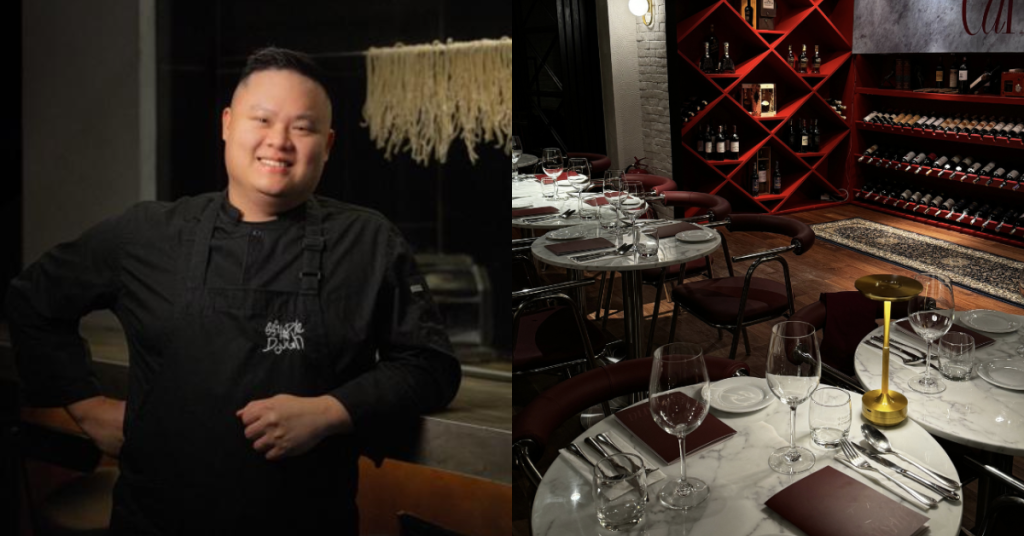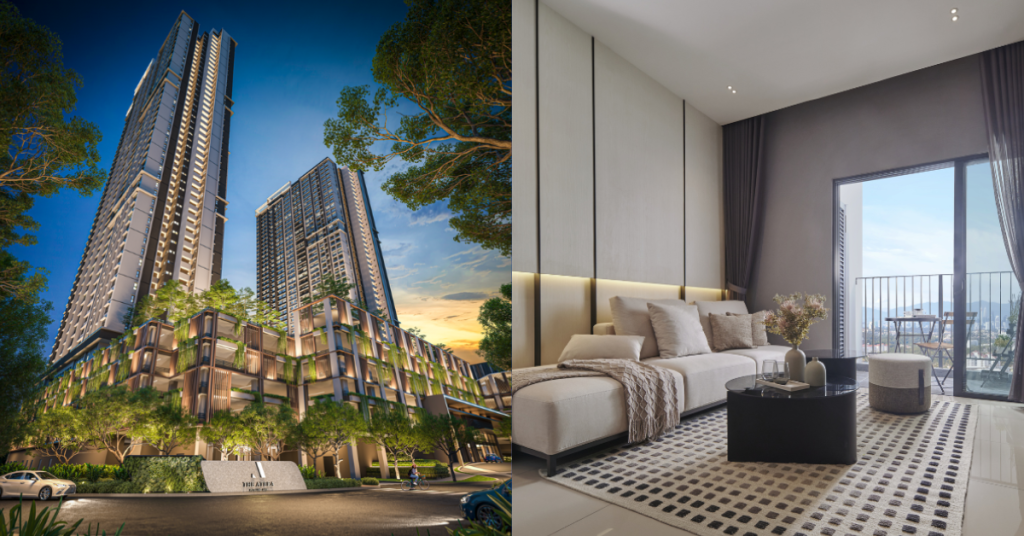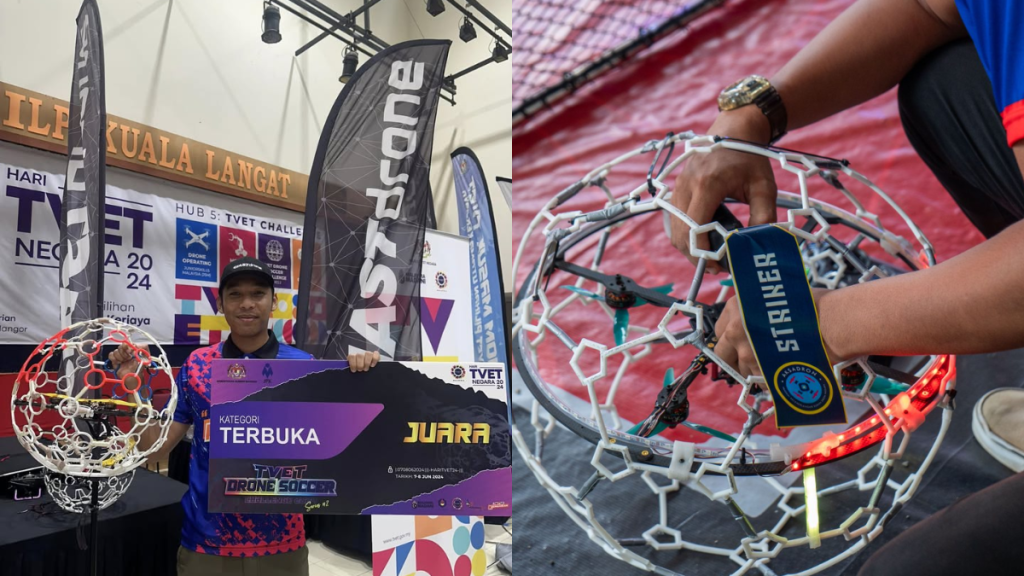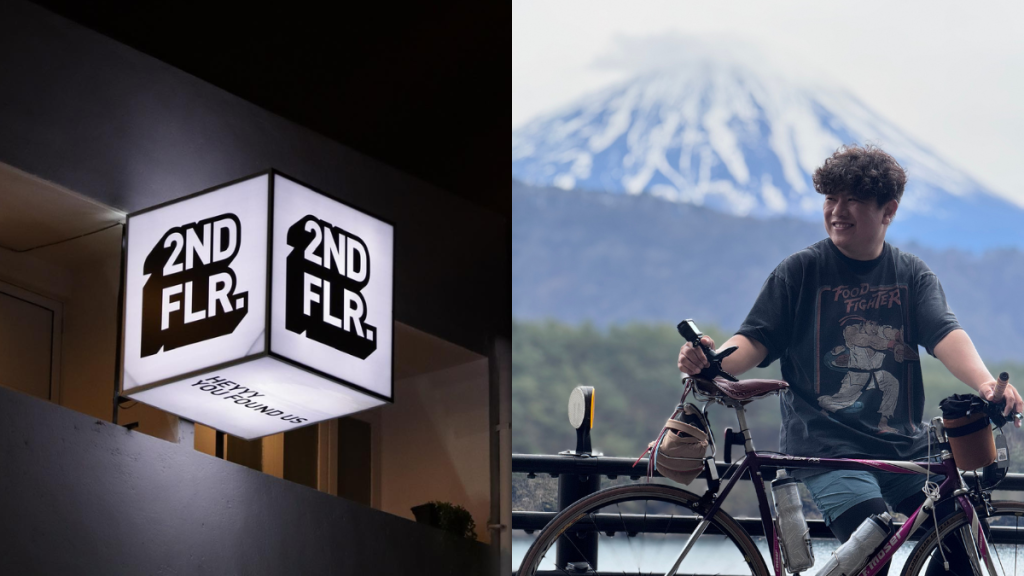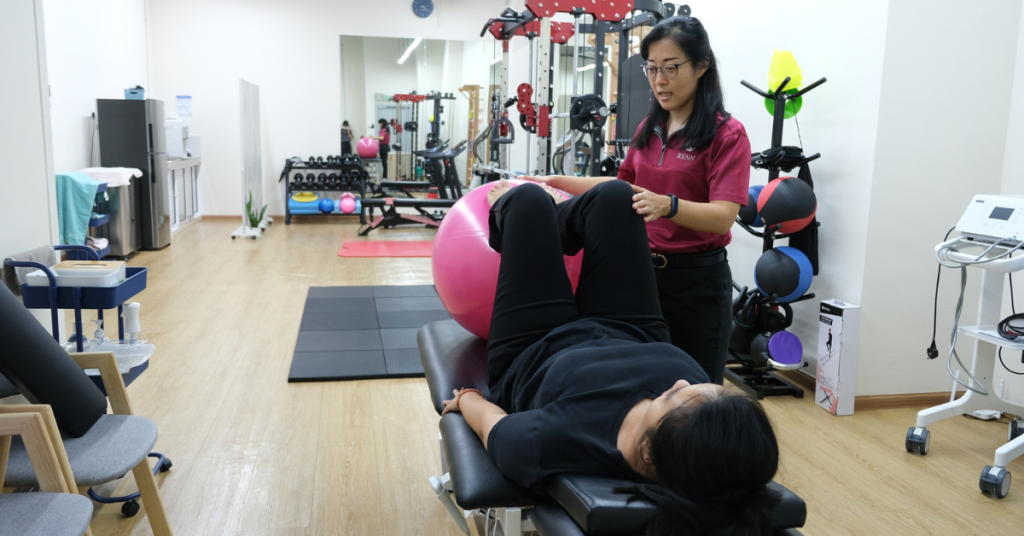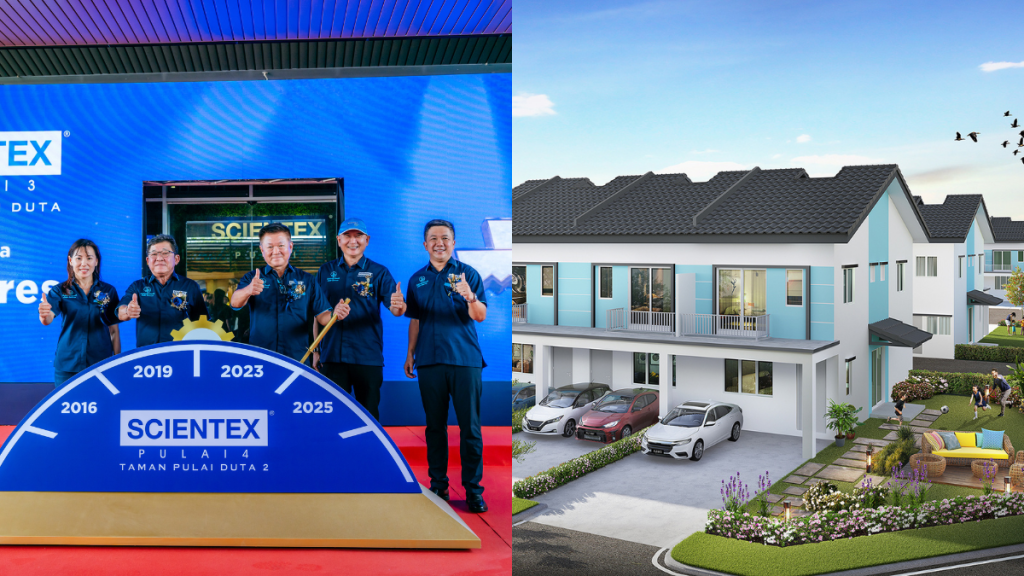When it comes to celebrating diversity and unity, it’s likely we’d be hearing “I don’t see colour” comments among Malaysians.
For Faye, Rachel, and Jon, however, celebrating the multiculturality of Malaysians with colour-blindness did not sit right with them.
“To us, the beauty of being a multicultural Malaysia shouldn’t be diluted to shades of grey because our colours are where the beauty lies,” Faye shared in an interview with Vulcan Post.
So, in 2016, the trio decided to bring their vision to life with The Rojak Projek, a series of conceptual artwork featuring Malaysian food of their friends.
Using Malaysian Food To “Paint” Portraits
Their project started out with a big gathering of some friends, which is what they call The Rojak Party.

“I realised the one thing that we all can relate to is food. Our food has always been the gesture of peace which allows us to sit, eat and enjoy each other’s company despite our differences,” Faye explained.
30 people who were invited to the first gathering came to mingle and shared a meal together, and later had their photos taken by Jon.
Their photos were then printed in B&W, and had the outlines traced using a variety of Malaysian dishes like char kuey teow, nasi lemak, roti canai, and so on and so forth.

Besides heavy meals like those, they also included local delicacies like murukku, prawn crackers, seri muka, egg tarts, as well as local fruit like rambutan and mangosteens. These are all bought themselves.
“When you see the portraits, no matter how many times you try to guess what their ‘race’ is, I can tell you that many times you’ll get it wrong because you’ll be surprised at how mixed they are.”
“When people try to guess, I will always say ‘no’ until someone says, ‘Malaysian’, then I’ll reply ‘yes’,” Faye shared.
For funding these events, the founders would just reach out to their friends, family, and other connections to ask if they would be willing to help out.
Editor’s Note: Parts of this section have been updated to reflect greater factual accuracy.
Wanting To Include More “Lain-Lain” In Their Work
The term lain-lain for Faye initially just meant ethnic groups that she was already familiar with, like Portuguese and Punjabi people, but not indigenous Malaysians.
Hence, they decided to travel to all 13 states to remedy that and film a documentary while continuing the food art portraits.

During their travels, they managed to produce 540 portraits of the Malaysians they met along the way, and added more dishes from different states into their food art.
Part of their goals for travelling was also to collect lists of different ethnic groups who would’ve been otherwise categorised as lain-lain, under what they call The Rojak Nation.
The majority of information they compiled in those lists consists of indigenous ethnic groups in Sabah and Sarawak, as well as the locations of these ethnic groups in their respective states.
One of their biggest milestones in this mission was getting featured in American vlogger Drew Binsky’s video when he visited Malaysia. He’s made videos about his travels to 194 countries all over the world thus far.
When he came here, Faye and one of the The Rojak Projek members went to KLCC in hopes of sharing their work with him but to their surprise, he’d already been informed about their work.
They even managed to get an interview with him, which landed them a shoutout on his Facebook page.
The Work Goes On Despite COVID-19
As part of their aim to spread more awareness on being less colour-blind towards our diversity, they’ve also taken their artwork to several exhibitions in the country.
So far, they’ve worked on collaborations with Maybank, RIUH, Grab, Sunway University, Pakatan Harapan, and more.

Speaking of which, they also collaborated with RIUH and The One Academy on a video series featuring the Orang Asli of Kampung Sungai Buloh and their stories.
Because their work mostly takes place when travelling and includes taking pictures of people and holding in-person exhibitions, it’s hard for them to receive funding now and continue doing the work that they did pre-pandemic.
Hence, in the meantime, Faye is working towards securing international collaborations to showcase their food art and mission in doing so.
At the same time, The Rojak Projek is working closely with youths behind the scenes to bring their initiatives online.
As of now, Faye is the only one running The Rojak Projek full-time, whereas Rachel and Jon are no longer actively involved but are still supportive of the cause.
- You can learn more about The Rojak Projek here.
- You can read more social enterprises we’ve written here.
Featured Image Credit: Faye Lim, founder of The Rojak Projek


